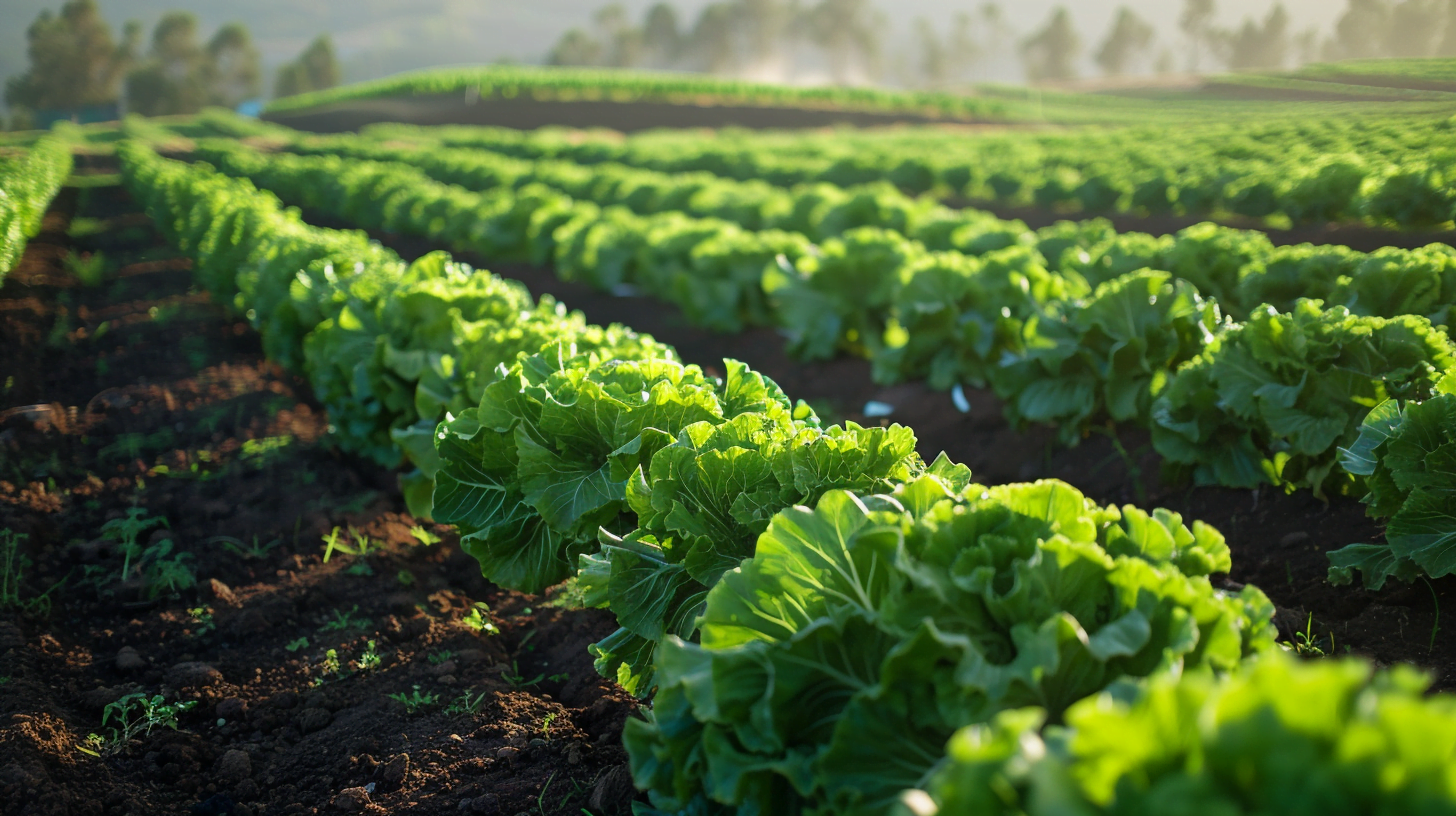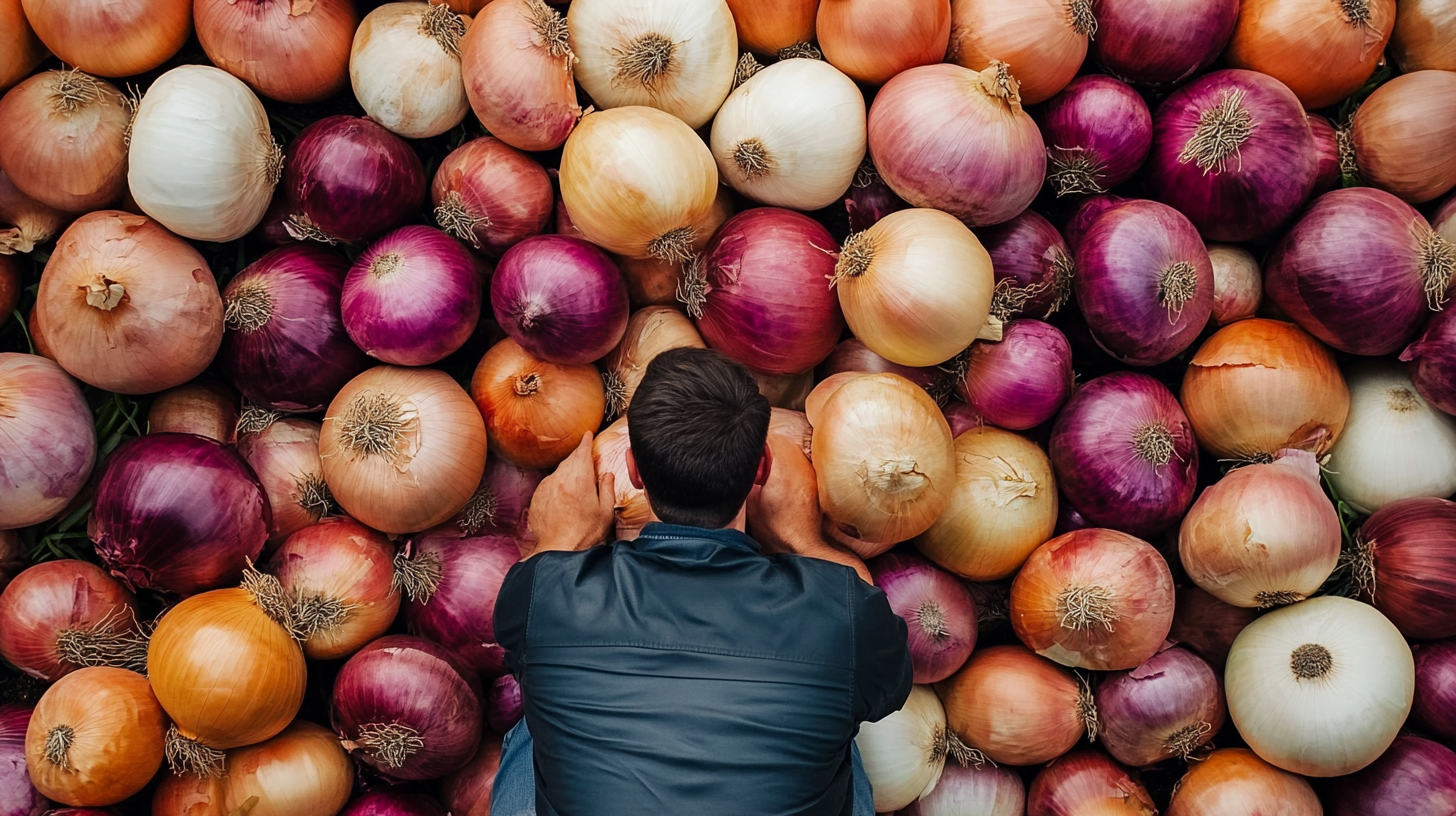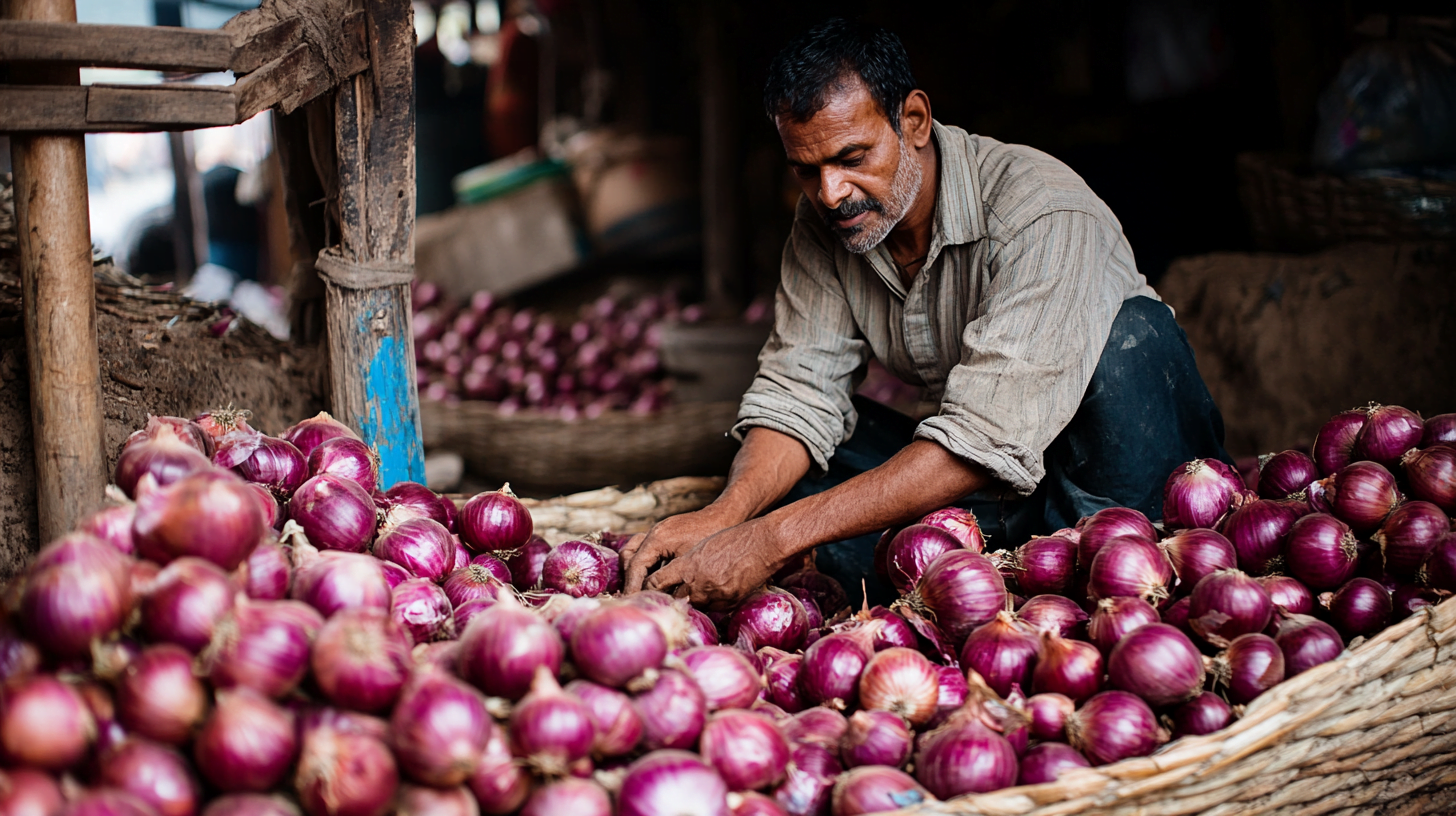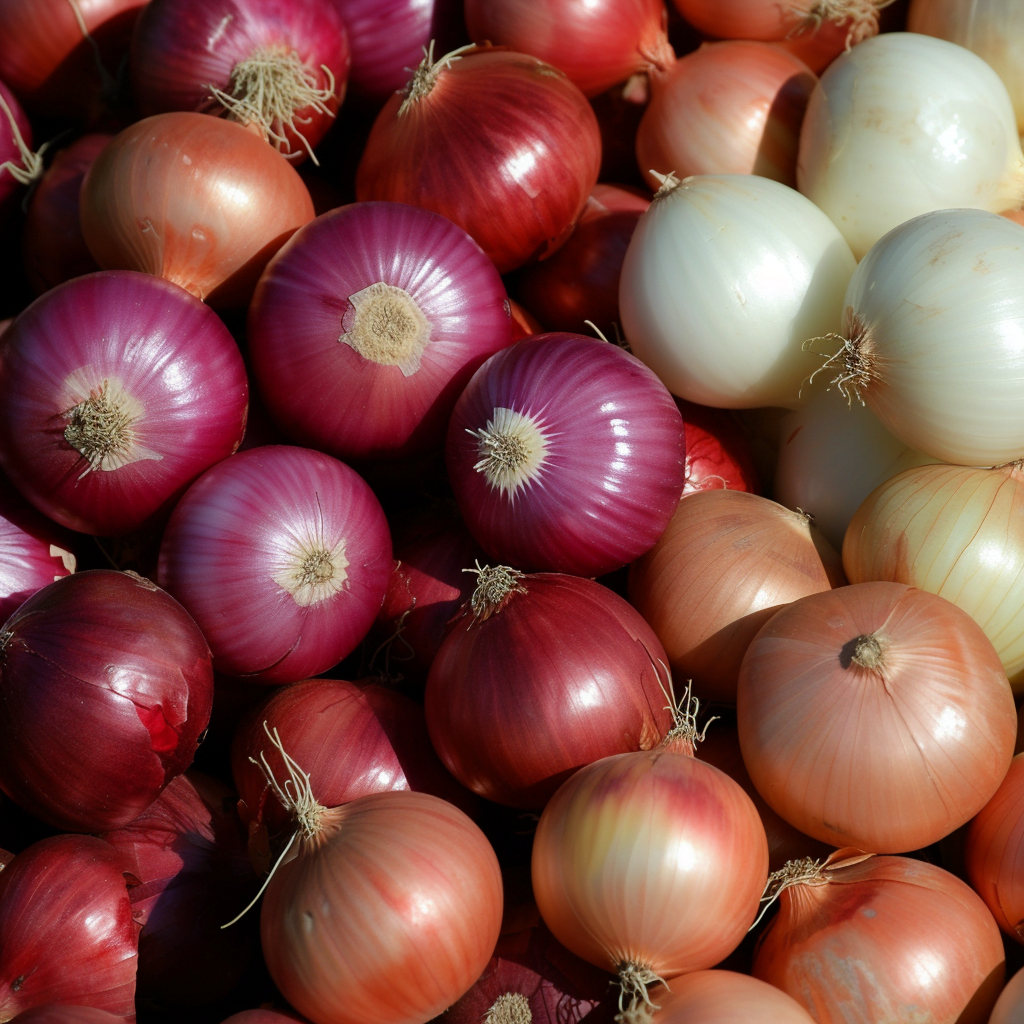Lettuce, a versatile leafy green, is a staple ingredient in salads, sandwiches, and various cuisines worldwide. With its crisp texture and refreshing taste, it’s no wonder that the demand for lettuce continues to soar globally. But have you ever wondered which country produces the most lettuce and reigns supreme in lettuce production globally? Let’s dive into the world of lettuce cultivation and uncover the top producers.
Top Lettuce Producing Countries
According to the latest data from the Food and Agriculture Organization (FAO), the following countries are the leading producers of lettuce:
- China – 15.2 million tons
- United States – 4.1 million tons
- India – 1.3 million tons
- Spain – 1.0 million ton
- Mexico – 0.7 million tons
These figures highlight China’s dominance in the global lettuce market, accounting for over 60% of the world’s total production. The United States, while a distant second, is still a significant contributor to the lettuce supply chain.
Ideal lettuce growing conditions include:
- Mild to cool temperatures (around 60-65°F)
- Well-drained, fertile soil with a pH range of 6.0-7.0
- Consistent moisture levels
- Adequate sunlight exposure
China – The Lettuce Production Powerhouse
China’s staggering lettuce output can be attributed to several key factors:
- Vast Arable Land: With a landmass of over 9.6 million square kilometers, China has a substantial area dedicated to agriculture, including lettuce cultivation.
- Favorable Climate: Many regions in China, such as Shandong, Hebei, and Jiangsu provinces, offer optimal growing conditions for lettuce, with mild temperatures and ample rainfall.
- Advanced Agricultural Practices: China has invested heavily in modern farming techniques, including greenhouse cultivation, hydroponics, and precision agriculture, boosting lettuce yields.
- Diverse Varieties: Chinese farmers grow a wide range of lettuce varieties, including romaine, butterhead, and stem lettuce, catering to domestic and international markets.
Here’s a breakdown of China’s lettuce production by major variety:
| Variety | Production (million tons) |
|---|---|
| Romaine | 6.5 |
| Butterhead | 4.2 |
| Stem Lettuce | 3.1 |
| Other Varieties | 1.4 |
United States – A Distant Second
While the United States trails behind China in overall lettuce production, it is still a significant player in the global market. The country’s lettuce industry is primarily concentrated in the following regions:
- California: Accounting for over 70% of the U.S. lettuce production, the fertile valleys of California, such as the Salinas Valley, offer ideal growing conditions.
- Arizona: With its mild winters and access to irrigation from the Colorado River, Arizona is another major lettuce-producing state.
Despite being the second-largest producer, the U.S. lettuce output is only about a quarter of China’s. However, the economic impact of the U.S. lettuce industry is substantial, generating billions of dollars in revenue and supporting thousands of jobs.
Lettuce Production in Other Countries
While China and the United States dominate the lettuce production landscape, several other countries contribute significantly to the global supply:
India: With its diverse climate and vast agricultural sector, India has emerged as the third-largest lettuce producer, primarily cultivating varieties like iceberg and romaine.
Spain: Known for its Mediterranean climate, Spain is a major lettuce exporter within the European Union, specializing in varieties like butterhead and oak leaf lettuce.
Mexico: Benefiting from its proximity to the U.S. market, Mexico has a thriving lettuce industry, particularly in the northern states like Sinaloa and Baja California.
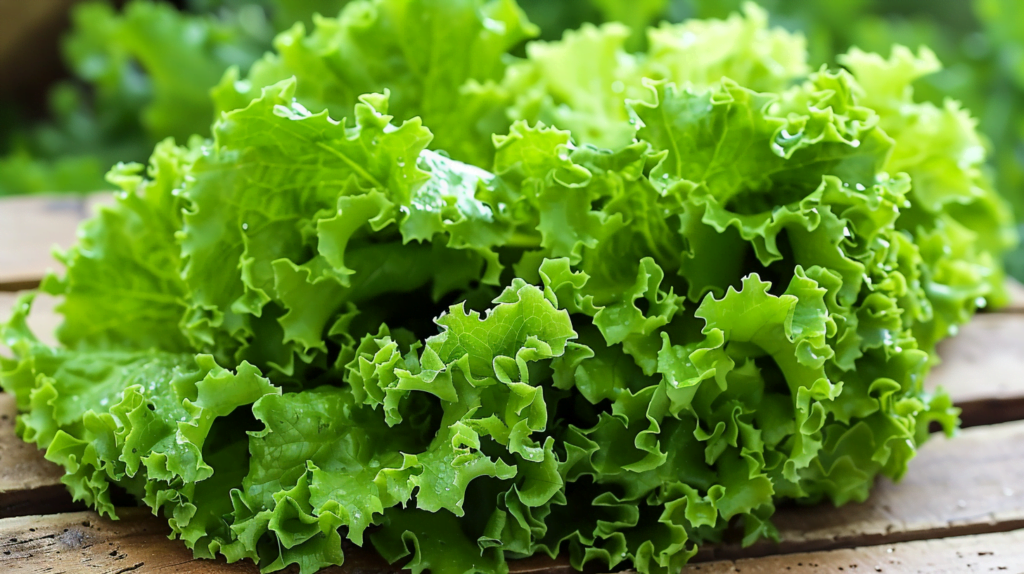
Factors Influencing Lettuce Production
Several factors play a crucial role in determining a country’s lettuce production capabilities:
- Climate and Weather Conditions: Lettuce thrives in mild to cool temperatures and requires consistent moisture levels. Countries with suitable climates have an advantage in lettuce cultivation.
- Availability of Arable Land and Water Resources: Access to fertile land and reliable water sources is essential for successful lettuce farming.
- Use of Technology: Advancements in agricultural technology, such as greenhouses, hydroponics, and precision farming techniques, can significantly boost lettuce yields and extend growing seasons.
- Agricultural Policies and Subsidies: Government support through favorable policies, subsidies, and investment in research and development can promote lettuce production.
- Labor Supply and Costs: Lettuce farming is labor-intensive, and the availability of skilled agricultural workers at reasonable costs can impact production levels.
Lettuce Production Challenges
Despite its global popularity, the lettuce industry faces several challenges:
- Pests and Diseases: Lettuce is susceptible to various pests and diseases, such as aphids, downy mildew, and lettuce mosaic virus, which can significantly reduce yields if not properly managed.
- Environmental Impact: Intensive lettuce farming can strain water resources and contribute to soil degradation if sustainable practices are not implemented.
- Food Safety Concerns: Outbreaks of foodborne illnesses linked to contaminated lettuce have raised concerns about food safety practices in the industry.
- Market Fluctuations and Pricing Issues: Lettuce prices can be volatile, influenced by factors like weather conditions, supply and demand dynamics, and transportation costs.
Innovative Solutions for Sustainable Lettuce Farming
To address these challenges, the lettuce industry is embracing innovative solutions:
- Organic and Eco-friendly Practices: Farmers are adopting organic farming methods, using natural pest control techniques and reducing reliance on synthetic fertilizers and pesticides.
- Water Conservation Techniques: Efficient irrigation systems, such as drip irrigation and moisture sensors, are being implemented to minimize water waste.
- Integrated Pest Management (IPM): IPM strategies combine biological, cultural, and chemical control methods to manage pests effectively while minimizing environmental impact.
“By embracing sustainable practices, we can ensure a consistent supply of fresh, high-quality lettuce while protecting our natural resources.” – John Doe, Sustainable Agriculture Consultant
One example of an innovative lettuce farm is Bright Farms in the United States. They utilize hydroponic greenhouse systems to grow lettuce year-round, reducing water usage by 90% compared to traditional farming methods.
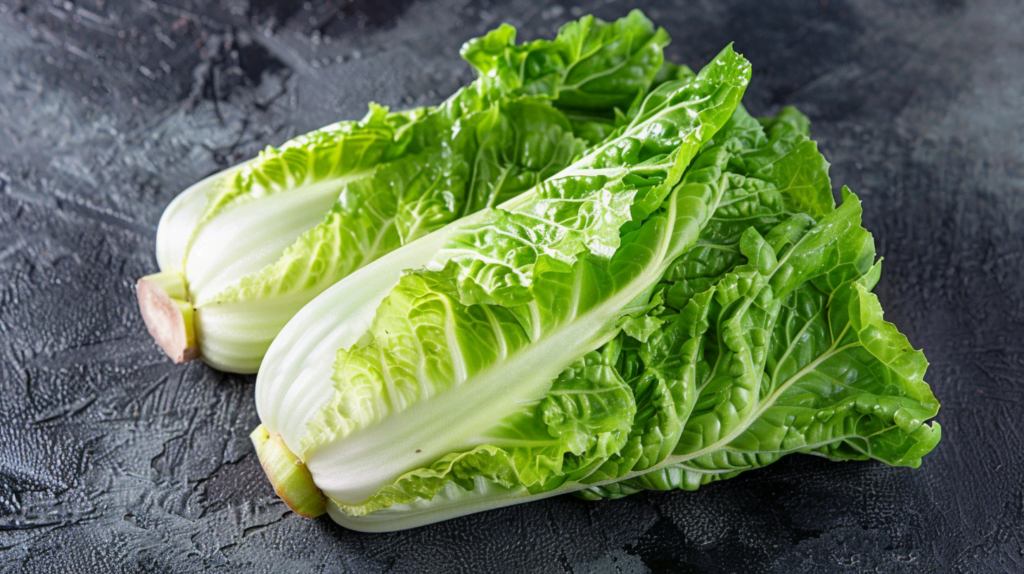
Lettuce Consumption Trends
As health consciousness continues to rise globally, the demand for fresh, nutritious produce like lettuce is increasing. Here are some notable lettuce consumption trends:
- Increasing Popularity of Leafy Greens: Consumers are embracing leafy greens like lettuce as part of a balanced, healthy diet, driving demand in both developed and emerging markets.
- Diverse Culinary Applications: Lettuce is a versatile ingredient used in various cuisines around the world, from classic Caesar salads to Asian wraps and Mexican tacos.
- Growth in Emerging Markets: As disposable incomes rise in developing countries, the demand for fresh produce, including lettuce, is expected to grow significantly.
- Preference for Local and Organic Produce: Many consumers are seeking locally grown and organic lettuce options, fueling the growth of urban farming and community-supported agriculture initiatives.
With these trends in mind, the future of the lettuce industry looks promising, with opportunities for both established and emerging producers to meet the growing global demand.
Conclusion
In the world of lettuce production, China stands out as the undisputed leader, contributing over 60% of the global supply. The United States, while a distant second, remains a significant player, particularly in regions like California and Arizona. Other countries, such as India, Spain, and Mexico, also play vital roles in meeting the global demand for this versatile leafy green.
As the world’s population continues to grow and dietary preferences shift towards healthier options, the demand for lettuce is expected to rise. However, the industry faces challenges related to environmental sustainability, food safety, and market fluctuations. Innovative solutions, such as organic farming practices, water conservation techniques, and integrated pest management, are being adopted to address these challenges and ensure a consistent supply of fresh, high-quality lettuce.
Whether you’re a lettuce enthusiast, a farmer, or a consumer, supporting sustainable and responsible lettuce production practices is crucial for the future of this industry. By making informed choices and supporting local and eco-friendly farms, we can contribute to a more sustainable and resilient food system.
So, the next time you enjoy a crisp, refreshing salad or a delicious lettuce wrap, take a moment to appreciate the hard work and dedication of the farmers who make it possible, and the countries that lead the way in lettuce production.
